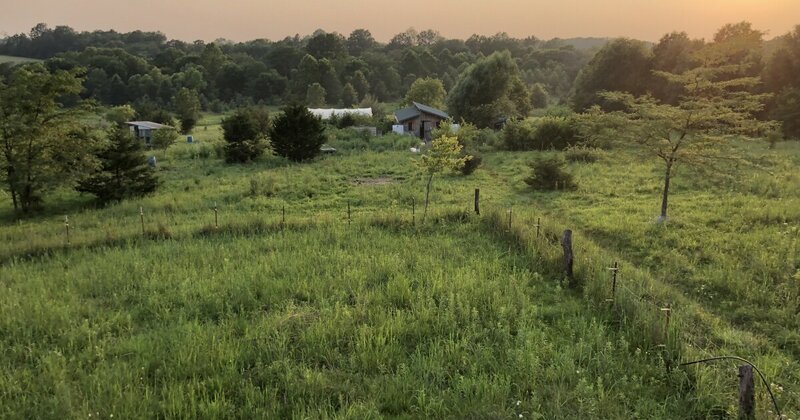Dave Bishop has been farming in Atlanta, Illinois since 1978. His organic farm — PrairiErth — grows wheat and all kinds of vegetables, like kale, beets and tomatoes. Bishop has crops growing every month of the year, but the farms surrounding him, in every direction, don’t.
Bishop gestures toward some of those other farms. “From spring to October, you see something green and growing,” he said. “The other six months of the year, the factory’s doors are shut.”
Meaning, nothing’s growing. The fields are simply dirt, with no plants on them sucking carbon from the air.
“We operate the land for six months and then we just let it sit there, bare naked, and wash away,” said Bishop. “Now tell me how that makes any sense. What other business operates like that?”
The agriculture industry accounts for 10% of total U.S. greenhouse gas emissions, a big driver of climate change. Some farmers, like Bishop, are turning to an inexpensive solution to capture carbon dioxide from the atmosphere: cover crops.



 Farming
Farming Agriculture
Agriculture Science
Science Climate Change
Climate Change


